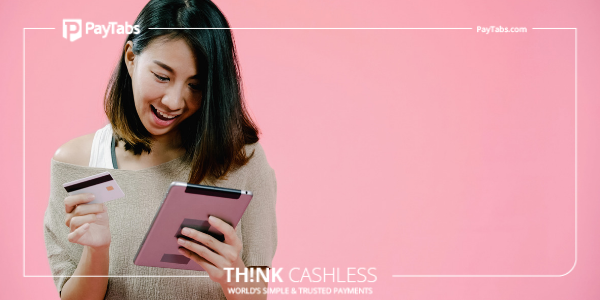Boost sales conversion with the right payment integration strategy
Posted on
 While window shoppers are welcome to browse the e-commerce website, merchants are mainly concerned with serious buyers who proceed to the payment gateway after adding the products to the cart. We shall look at the various approaches of how to integrate a payment gateway and the best option to increase sales conversion.
While window shoppers are welcome to browse the e-commerce website, merchants are mainly concerned with serious buyers who proceed to the payment gateway after adding the products to the cart. We shall look at the various approaches of how to integrate a payment gateway and the best option to increase sales conversion.
- Redirect the customer: The online payment platform is hosted on an external third-party webpage. It is not integrated into the merchant’s own website. Thus, the customer is redirected to a website with a different URL.
- Disadvantages: The merchant lacks control of the payment process as it is outsourced to an external vendor. The customer might not enjoy services of the same standard as those offered by the merchant. Poor server speed or any other payment processing error that hampers payment would adversely reflect on the brand image of the merchant.
- For the merchant: The merchant has no control over the operational aspects like error message, back-end process and security levels. Further, there is no way for the merchant to confirm customers’ payments. In many cases, redirection can hurt sales. The customer might abandon the purchase on being directed to a separate website with different design and logo, owing to security concerns. One might even end up losing business to a rival that offers more convenient features in accepting payments.
- For the customer: The time for the transaction to be completed depends on the speed of the third-party server. Generally, an online customer would prefer a transaction that takes minimum time until final checkout. The customer would like to see a confirmation of the order delivery on the merchant’s website after payment. It might not be possible to return to the e-commerce site after payment.
- I-frame based forms: The iframe feature allows one to add an external payment form to one’s website. This works like an appendage to one’s payment page, in return for a code received from the payment solutions company. However, the design is as per the payment provider. This would cause inconsistency with the layout of the webpages of one’s own website. Further, in case the third-party servers are down or operating slowly, the customer might face issues in making payments. One would not be in a position to offer much support and track the error in real time as the payment process is outsourced. Code changes might also have limited options. The delay might result in the customer cancelling the order or abandoning the cart. Payment management is difficult as the merchant lacks control over the process.
- Customized forms: The custom form is completely integrated into the merchant’s own website. Thus, the payments process is completely managed onsite. The input fields like the customer details to be entered within the HTML payment page can be entirely customised. The payment processor handles the security aspect of the payment gateway, ensuring it is compliant with the leading PCI certification. This ensures that the customer data is safe and confidential. Since the merchants obtain real-time information, they can offer live chat support to the customer in the event of any difficulty in making payments. With the customization feature, the merchant can design a payment form compatible in look and need with the rest of the website. The last option is a sure-shot way to boost sales conversion. The merchant has complete control of the transaction and there is no risk of any dilution in quality at any stage.
In online transactions, it’s best not to risk losing control of the business transaction to a third party at the crucial stage of payment processing. Hence, it’s best for a merchant to take complete ownership from start to end of each online transaction. This would entail having a seamlessly integrated, customized payments platform within one’s e-commerce site. Often, a crucial decision like payment integration can result in winning or losing customers.
